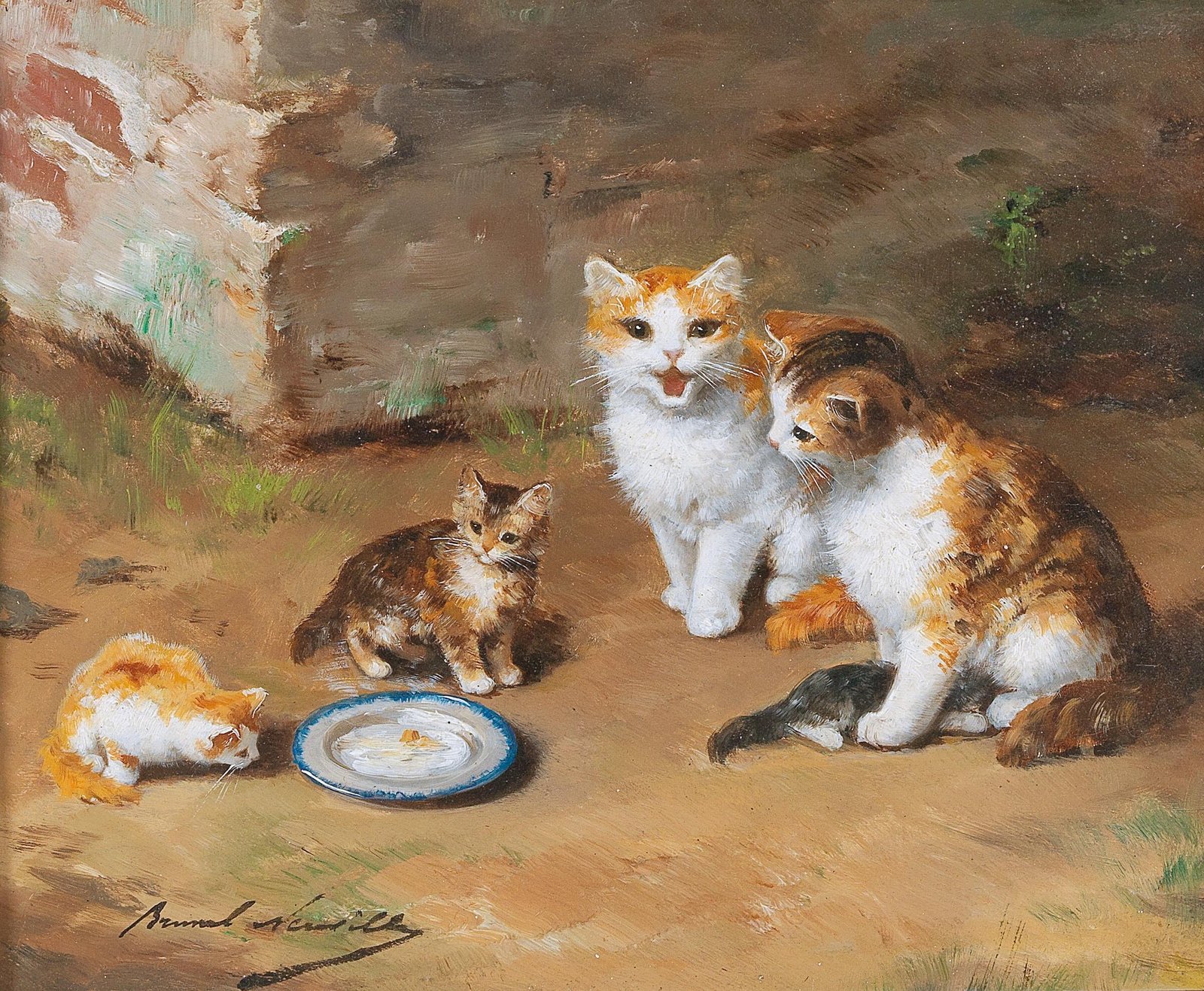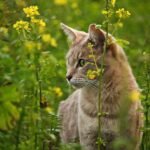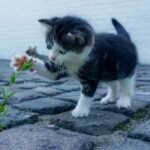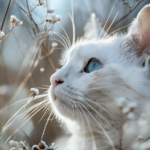Cats are mysterious creatures, often leaving us wondering what goes on in their furry little heads. Have you ever noticed subtle changes in your feline friend’s behavior and wondered what they mean? It turns out that certain habits can indicate that your cat is growing emotionally stronger. These habits are not just endearing; they can also be a testament to the bond you share with your pet. Let’s dive into the fascinating world of feline emotions and uncover the habits that show your cat is becoming more emotionally resilient.
Increased Affection
One of the most heartwarming signs that your cat is growing emotionally stronger is an increase in affection. Cats are known for being independent, so when they start seeking more cuddles or headbutts, it’s a significant sign. This behavior shows they trust you more and are comfortable expressing their affection. Imagine a cat nudging its head against you, purring contentedly—it’s like a warm hug from your furry friend. This growing bond is not just about physical closeness; it also indicates emotional security.
More Playful Behavior
Playfulness is another habit that reveals your cat’s emotional growth. When cats feel safe and happy, they’re more likely to engage in playful antics. Whether it’s chasing a feather toy or pouncing on a ball of yarn, these playful moments show that your cat is comfortable and confident in its environment. A playful cat is a happy cat, and this behavior reflects a positive emotional state. It’s like watching a child play—full of joy and curiosity, which can be contagious.
Increased Curiosity
Curiosity is a natural trait in cats, but when they become more emotionally secure, you’ll notice an uptick in their inquisitive nature. They might start exploring new areas of the house or investigating new objects with more enthusiasm. This behavior indicates that they feel safe enough to venture into the unknown. Just like humans, when cats feel secure, they’re more willing to take risks and explore. This curiosity is a sign that your cat is mentally stimulated and emotionally balanced.
Vocal Communication
Cats have a unique way of communicating through vocalizations, and an increase in meowing or chirping can signify emotional growth. When your cat starts ‘talking’ to you more, it’s their way of expressing feelings and needs. This communication shows that they trust you to respond to their vocal cues. Think of it as a conversation where your cat feels confident enough to share its thoughts. It’s a beautiful sign of a deepening bond between you and your feline companion.
Relaxed Body Language
Observing your cat’s body language can reveal a lot about their emotional state. A cat that is growing emotionally stronger will often display relaxed body language, such as a loose, swaying tail or a soft, blinking gaze. These signs indicate that your cat feels at ease and secure in its surroundings. It’s like watching someone unwind after a long day, feeling completely at peace. This relaxed demeanor is a testament to a stable emotional foundation.
Increased Grooming
While excessive grooming can sometimes be a sign of stress, an increase in regular grooming often indicates that your cat is emotionally content. Grooming is a self-soothing activity for cats, and when they do it more often, it shows they’re comfortable and happy. It’s similar to how humans might take more time for self-care when they’re feeling good about themselves. This habit is a positive indicator of your cat’s emotional well-being.
Seeking Solitude
While it might seem counterintuitive, a cat seeking solitude can be a sign of emotional strength. Cats are naturally solitary animals, and when they choose to spend time alone, it can mean they’re comfortable with their own company. This behavior shows they feel safe enough to relax without needing constant interaction. It’s like a person enjoying their own space, feeling content and secure. Solitude in cats is a sign of confidence and emotional maturity.
Improved Eating Habits

A cat’s eating habits can be a window into its emotional health. When a cat is growing emotionally stronger, you’ll notice more consistent eating patterns. They might finish their meals more regularly or show enthusiasm during feeding times. This behavior indicates that they feel secure and content in their environment. Just as humans might have a better appetite when they’re happy, cats show similar tendencies. Healthy eating habits are a positive sign of emotional stability.
Conclusion
In conclusion, understanding your cat’s habits can provide valuable insights into their emotional growth. Each of these behaviors, from increased affection to improved eating habits, reflects a deeper level of trust and security in their relationship with you. Cats, much like humans, thrive on emotional connections, and recognizing these signs can help strengthen the bond you share. So, the next time your feline friend displays one of these habits, take a moment to appreciate the emotional journey you’re both on.

Growing up traveling and experiencing new cultures and wonders, I have had a passion for nature, adventuring, photography, and videography. I am currently working towards a BSc in Biodiversity and Ecology at Stellenbosch University, and I hope to specialise in Marine Sciences one day.
Please send any feedback to Feedback@animalsaroundtheglobe.com






